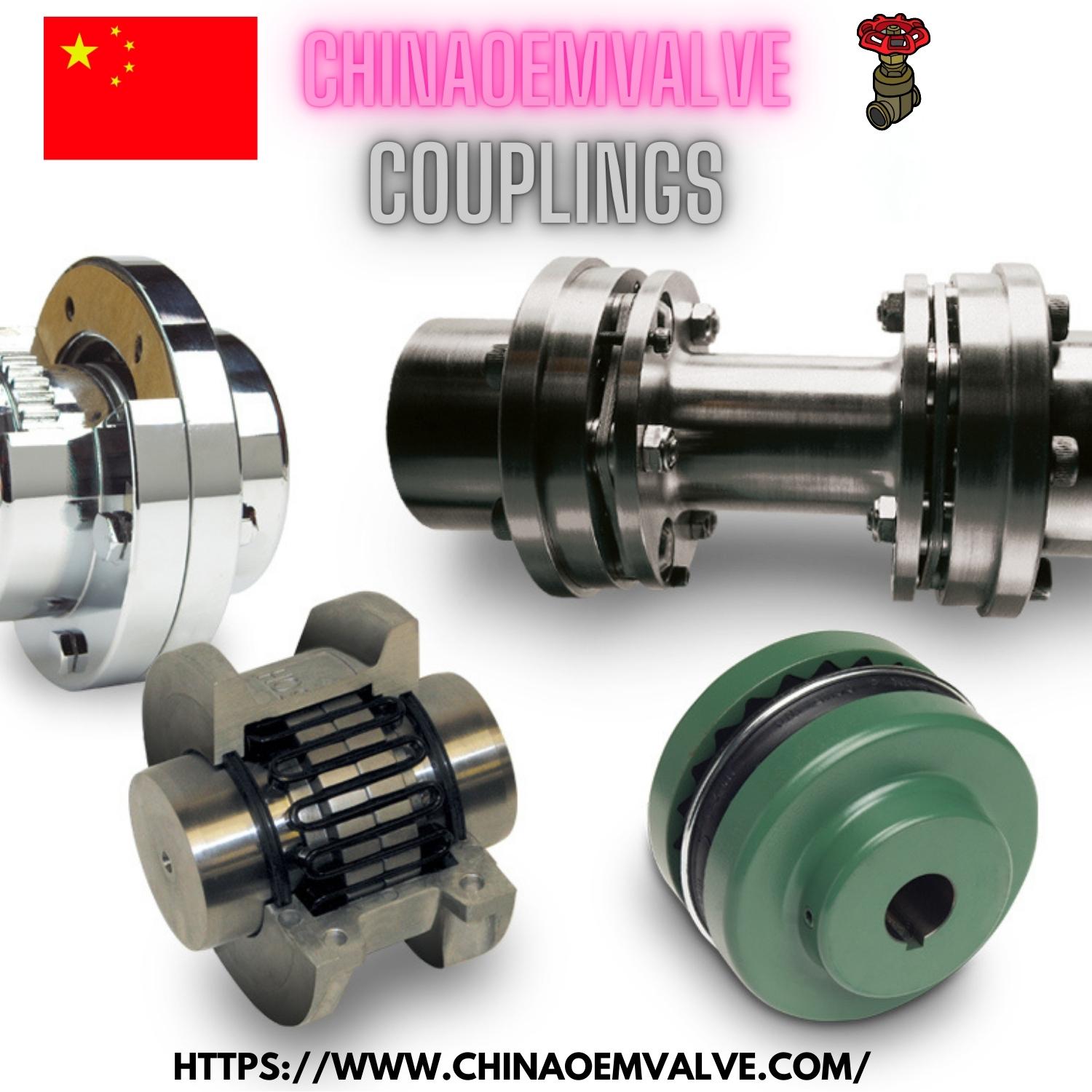In mechanical engineering, couplings play a crucial role in connecting two shafts or components to transmit power and motion while accommodating misalignments and minimizing vibrations. There are several types of couplings designed to suit different applications and requirements.
-
Flexible Couplings:
- These couplings are used to connect shafts that may not be perfectly aligned. They can absorb misalignments and dampen vibrations. Common types include elastomeric (like the tire-like Lovejoy coupling) and grid couplings.
-
Rigid Couplings:
- Rigid couplings, such as sleeve couplings, do not accommodate misalignments and are used when shafts must be precisely aligned. They are efficient for transmitting torque in well-aligned systems.
-
Universal Joints:
- Universal joints, also known as U-joints, are used to transmit motion between shafts at different angles. They are essential in applications like steering systems and drive shafts in automobiles.
-
Oldham Couplings:
- Oldham couplings transmit motion between parallel but slightly misaligned shafts. They consist of three disks: two fixed to the shafts and one in between that can move to accommodate misalignments.
-
Gear Couplings:
- Gear couplings are known for their high torque capacity and precision. They use gear teeth to connect two shafts and are often used in heavy machinery.
-
Fluid Couplings:
- Fluid couplings use hydraulic principles to transmit power. They are common in applications like conveyor systems, providing smooth and gradual acceleration.
-
Magnetic Couplings:
- Magnetic couplings use magnetic forces to transmit power through a sealed barrier. They find use in applications that require a hermetic seal, like pumps in chemical processing.
-
Torsionally Rigid Couplings:
- These couplings are designed to minimize torsional vibration in high-precision machinery, such as printing presses or CNC machines.
-
Bolted Couplings:
- Bolted couplings use bolts to securely connect shafts. They are easy to install and offer reliability in various applications.
-
Clamp Couplings:
- Clamp couplings use a split hub design that clamps onto the shaft, making installation and maintenance easier.
In summary, the choice of couplings type in mechanical engineering depends on factors like the degree of misalignment, torque requirements, application-specific demands, and the desired balance between flexibility and rigidity. Each type of coupling has its advantages and limitations, and selecting the appropriate one is crucial to ensure the efficient and reliable transmission of power and motion in a given system.
For more information visit chinaoemvalve.

